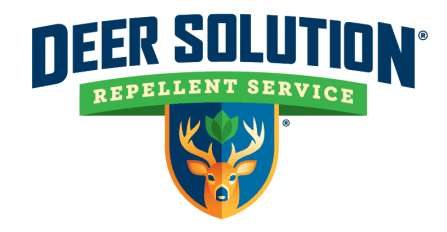In Lancaster County, Pennsylvania, a burgeoning deer population is creating a multifaceted challenge. This rural and agricultural stronghold, known for its picturesque landscapes and fertile soils, is now grappling with the ecological and economic impacts of an overabundant deer population.
The Deer Population Surge and Its Effects
Lancaster County, along with many other regions in Pennsylvania, is witnessing a significant rise in deer numbers. This increase has led to numerous challenges, including extensive crop damage, increasing vehicular accidents involving deer, and ecological imbalances.
The burgeoning deer population poses a threat to local flora and fauna, with their feeding habits impacting young trees, and shrubs, and altering the habitat conditions for other wildlife species.
Technological Controversy in Deer Management
The introduction of drones for deer recovery has sparked a legal and ethical debate in Lancaster County. The case of Joshua Wingenroth, who encountered legal issues for using a drone in deer recovery, has raised questions about the use of technology in traditional wildlife management practices.
While drones offer an efficient way to locate wounded or deceased deer, concerns remain about their potential to disturb wildlife and ethical implications.
Legislative Responses to Technological Advancements
Pennsylvania lawmakers are now considering revising wildlife management laws to accommodate the use of modern technologies like drones. The aim is to balance the benefits of technological advancements with ethical hunting practices and wildlife conservation.
Agricultural and Environmental Challenges
Deer overpopulation has led to significant crop damage in Lancaster County, causing economic losses for the farming community.
In addition, the region faces environmental challenges due to agricultural practices contributing to nutrient runoff, which affects water bodies like the Chesapeake Bay. Balancing the county’s agricultural productivity with environmental stewardship is a growing concern.
Community Involvement in Sustainable Management
Local communities in Lancaster County play a vital role in deer management. Through collaboration between conservationists, farmers, and local groups, sustainable strategies are being developed.
These include habitat management to deter deer from populated areas, controlled hunting to regulate deer populations, and educational campaigns promoting safe driving in deer-prone regions.
Incorporating Technology in Wildlife Management
The use of drones in Lancaster County is part of a broader trend of integrating technology into wildlife management. Tools such as GPS tracking and automated cameras are being increasingly employed to monitor and study wildlife, providing critical data for informed management decisions.
Future Directions in Deer Management
As Lancaster County continues to tackle the deer management challenge, it is evident that a comprehensive approach is necessary. The integration of technology, legislative changes, community engagement, and environmental considerations are crucial for effectively managing the deer population while safeguarding the county’s natural and agricultural resources.
Lancaster County’s experience highlights the importance of evolving wildlife management practices, embracing both traditional methods and modern innovations. This balanced approach is essential for addressing wildlife conservation challenges in today’s changing world







